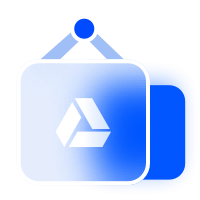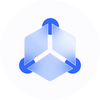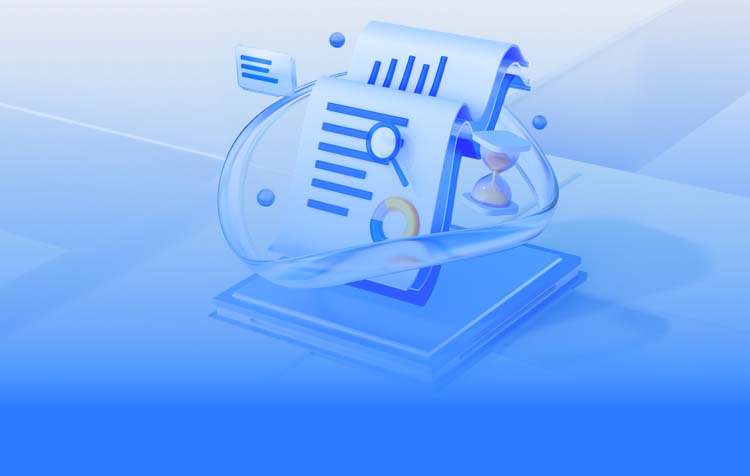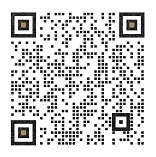光绘层导入导出......
自定义Signal Integrity Simulation Design Workflow: Efficient Management of Customized Artwork Layers
In the complex realm of electronic design automation, particularly when targeting signal integrity simulation, the management of artwork layers using layout software such as Allegro plays a pivotal role. Every design engineer brings a unique set of preferences and working styles in how they prefer to visualize different layers of their layout, often making heavy use of customizable artwork layers. These layers, capable of being tailored to individual needs for rapid and efficient layout sessions, become indispensable for several iterative design processes. However, the challenge often arises when one needs to redo or update artwork layers from scratch upon receiving new hardware designs or making necessary adjustments. This article aims to streamline the process through a tailored solution, offering an efficient method for establishing a reusable template to quickly import and apply preferred artwork layers, thereby expediting design iterations without the need for repetitive manual setup.
StepbyStep Guide: Creating a Streamlined Artwork Layer Template
1. Initialization Understanding Artwork Layers and Their Customization
Begin by exploring the capabilities of Allegro’s PCB Editor Artwork Command, which allows for the configuration and management of artwork layers typically used for export, such as Gerber layers, through an Artwork Control Form.
2. Creating Customized Layers Building the Foundation
Navigate to selecting a layer, rightclick to initiate the ‘Add’ function, which launches layer creation. Here, select the layer you wish to signify, specify a unique name, click ‘OK,’ and the newlycreated layer will populate. For each layer, it's now essential to delve into the subclass settings.
3. Adjusting the Layer Hierarchy Flexible Sublayer Management
Each subclass (block) within a layer offers the flexibility to manage individual elements. By rightclicking on a subclass, the user can directly add or remove layers through the Subclass Selection panel, catering to specific design requirements.
4. Systematic Layer Compilation Packaging Preferences into a Template
After you've customized the artwork layers according to your preferences, select all relevant layers to ensure a comprehensive and coherent setup. To encapsulate these preferences into a single, reusable layer template:
RightClick Action On any layer of your choice, perform a ‘Save all check’ action. This simple yet powerful feature seals the collection of your customized settings into a dedicated 'film setup file.'
5. Retrieving the Template Applying Custom Artwork to New Projects
Accessing the created "FILM_SETUP.txt" file will illustrate the software's default storage location, typically within the root directory of your BRD (Board) files. Utilizing the File Manager feature under Utilities in the Tools menu acts as the gateway to locating and managing your own layer template.
6. Business as Usual Importing the Template into a New Design
Upon starting a new BRD file, recall the pathway to your previously saved artwork layer template by following the Artwork command and selecting the 'Replace' option. Navigate through the product folders to locate and open your 'FILM_SETUP.txt' file, completing the integration of your customized artwork layers into the new design context.
Conclusion: Leveraging Custom Artwork Layers as a Catalyst for Accelerated Design Iteration
The process of constructing and maintaining a personalized artwork layer template not only improves the efficiency of the design process but also significantly reduces the potential for errors that might occur in manual setups. This systematic approach can be seen as a foundation for optimizing workflow, fostering innovation, and enhancing collaboration among design teams. It promotes a more streamlined and tailored design experience, catering specifically to the nuances of individual working styles and meticulously managed signal integrity simulations. By implementing these suggestions, you are not just executing a routine task but catalyzing a potentially transformative paradigm shift in your design methodologies, thereby setting a higher benchmark for future projects.











